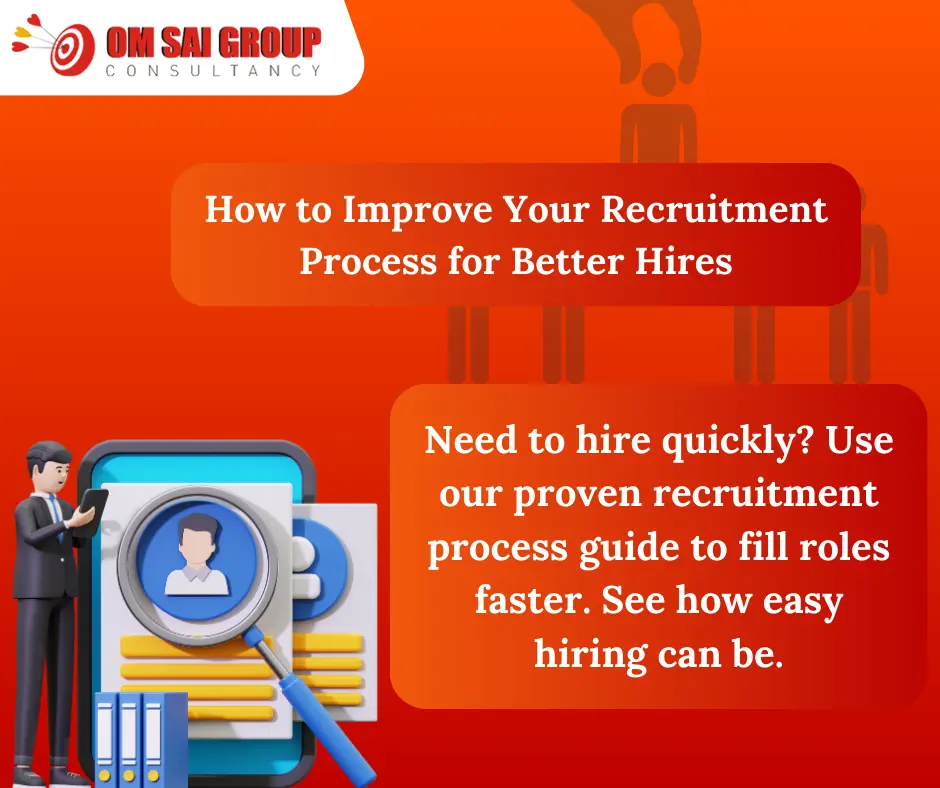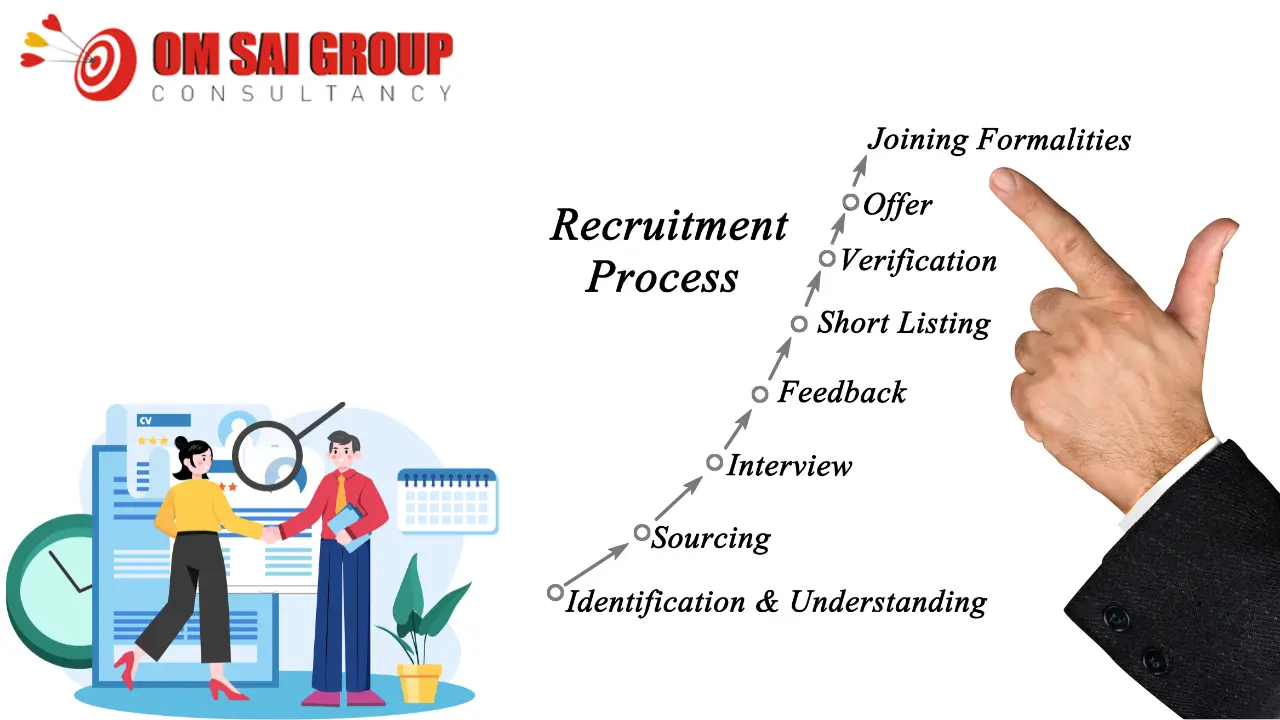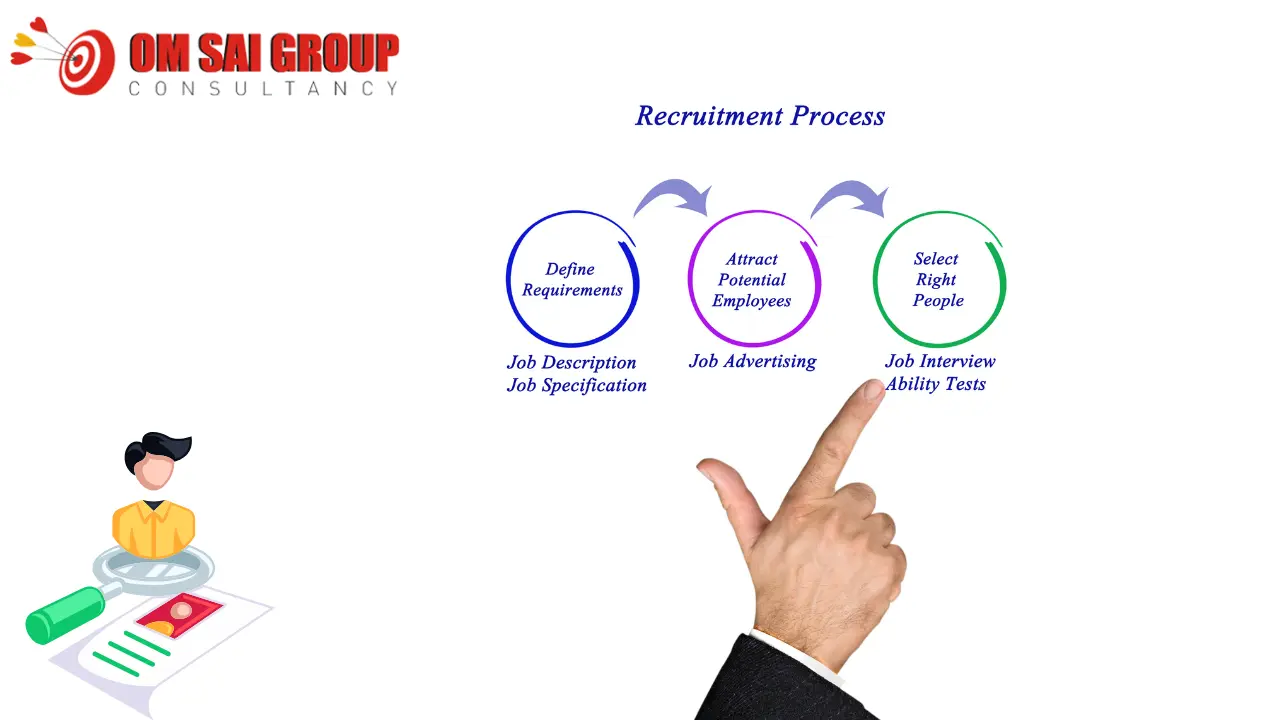
Unlocking Efficiency: The Future of Smart Hiring
Why Your Hiring Funnel Might Be Failing — and What You Can Do About It
In the super-competitive talent acquisition battlefield with short attention spans and super-high hopes from candidates as well as hiring managers, you’re fighting with a knife when you use conventional hiring. Scaling a startup or reanimating a corporate behemoth, the recruitment process actions you undertake today are what dictate the level of talent you bring in tomorrow.
In today’s digital-first impressions and data-driven HR era, outdated recruitment pipelines not only hold up hiring, but they’re also driving away top talent at the cost of companies. The war for talent is intense. And the battle ground? Your hiring strategy. recruitment Agencies
The Harsh Truth: Your Hiring Process Is Costing You Talent
Even before seeing a resume, a candidate has made up their mind. If your application portal is like crawling through a bureaucratic spider web or your interviews are randomly organized, you’re unintentionally turning away the very individuals you need to hire. A CareerBuilder survey found that 60% of candidates forego complicated applications. That’s more than half of your prospective talent pool — lost before you ever lay eyes on a CV.
Most HR teams use outdated templates, have an undocumented framework, and tend to confuse efficiency with automation, without understanding the substance of candidate experience. Worse still, few organizations document or instruct hiring teams on the 7 steps in recruitment process, if at all review it periodically for applicability.
So, what’s the solution?

The Solution: 10 Actionable Tips to Elevate Your Recruitment Game
These ten suggestions are more than tweaks — they are strategic adjustments. Each is intended to revolutionize, streamline, and optimize your hiring process — not merely recruit candidates, but win them over.
1. Map Out the Entire Recruitment Process
Prior to moving into interviews and assessments, spend a little time imagining your recruitment process steps from beginning to end. Use a Recruitment process PPT or chart to determine choke points and gaps. A clearly documented roadmap gives clarity for HR groups and ensures a consistent candidate experience.
Define and assess these parts:
- Job requisition and approval flow
- Sourcing and outreach strategy
- Screening and shortlisting logic
- Structured interview formats
- Feedback loops and offer timelines
Having a Recruitment process PDF to circulate internally keeps everyone on the same page and accountable.
2. Customize Job Descriptions for Target Talent
A generic job ad is digital white noise. Instead, craft job descriptions with surgical accuracy. Employ industry-specific terminology. Substitute vague jargon with performance metrics. Customize content to appeal to the motivations of your dream candidate. Placement Service
For instance, for a senior software engineer, highlight architecture design and system scalability rather than “coding skills.” Employ SEO-optimized job titles and role descriptions to enhance discoverability.
3. Prioritize Candidate Experience
Each touchpoint — from application form to last interview — must be purposeful and respectful. Simplify your application process, eliminate redundancy, and give real-time feedback. Candidates don’t just judge your company by the offer, but also by how they’re treated during the hiring cycle.
Use automated but personalized communication at critical points. Candidates who feel ghosted don’t just reject offers — they trash your company.
4. Train Hiring Managers in Structured Interviews
Most hiring choices are no better than the interview that leads to them. Arm hiring managers with training and a consistent evaluation rubric. Structured interviews minimize bias, enhance test accuracy, and hold candidates up to the same standards.
Apply scoring matrices linked to role competencies and cultural fit indicators. Tape and evaluate interviews (with permission) to enhance future performance.
5. Harness the Power of Data Analytics
Gut instinct is not a tactic. Incorporate analytics to monitor time-to-fill, cost-per-hire, offer-to-acceptance ratio, and candidate drop-off areas. These measurements uncover bottlenecks and opportunities for improvement.
Advanced applicant tracking systems (ATS) now come equipped with dashboards that convert these data points into tangible insights. Your recruitment process must be nimble, not anecdotal.
6. Expand and Diversify Your Sourcing Channels
If you are casting your line from the same lake as everyone else, you’ll catch the same fish. Expand your net by tapping into niche job boards, professional networks, hackathons, alumni networks, and internal word-of-mouth.
Channel diversity tends to engender talent diversity — one of the main drivers of innovation and performance. Utilize data to determine which channels provide the most effective ROI for various positions.
7. Create a Talent Pool for Future Roles
Each applicant who walks through the door is a chance — if not today, then tomorrow. Don’t lose great applicants to a black hole. Segment and cultivate talent with newsletters, webinars, or learning sessions. This drives engagement and brand advocacy.
Developing a pipeline of talent guarantees you always have a bench of pre-screened candidates for when future openings arrive, reducing hiring cycles significantly.
8. Integrate Technology — Smartly
Technology is a force multiplier when applied with purpose. Use AI-driven sourcing, chatbot-enabled screening, and automated scheduling software to minimize manual workload. But balance automation with human touch.
A machine can spot a talented candidate. But only a human can feel cultural fit or evaluate subtle communication. Select tools that complement, not supplant, human judgment.
9. Audit Your Employer Brand
Job candidates look up to research you even before meeting you. Glassdoor reviews, LinkedIn posts, employee reviews — they all build your employer brand. Take an ongoing review of your online presence. What are the candidates commenting on your recruitment process?
Your brand promise needs to match employees’ actual experience, or else it will be reflected. Authenticity counts. Engage present employees as brand ambassadors in blogs, videos, and endorsements.
10. Continuously Refine Your Process
Recruitment is not a fixed process. Markets change, candidate expectations change, technology evolves. Periodically examine your recruitment funnel. Utilize feedback from candidates and hiring teams to make improvements in workflows.
Think about going back through the 8 steps in recruitment process or even condensing into the 4 steps of recruitment process based on your organization’s size and nimbleness. One size does not fit all — the most effective recruitment processes are responsive, fluid, and constantly evolving.

The Desire for Better Hiring Begins with Better Systems
Picture a hiring process where applicants are treated with respect, managers are empowered, and HR departments are in command. Where resumes don’t vanish into thin air. Where interviews are valuable, and job offers are eagerly accepted.
These systems don’t happen by accident. They are the result of intentional design, iterative insight, and strategic vision.
Regardless if you’re referencing a Recruitment process PPT as part of internal training or sending a Recruitment process PDF to incoming HR partners, keep in mind that clarity in the process yields hiring excellence.
Ready to Rethink Your Recruitment?
The best organizations don’t only hire — they recruit with purpose. With these ten strategies in place, you can turn your recruitment process into a strong, candidate-focused, and outcome-oriented machine.
A high-performing hiring process is no longer a nicety — it’s a competitive necessity.
Begin with one change. Monitor the result. Repeat. Then refine another. Before you know it, you won’t just be hiring employees — you’ll be creating a workforce that drives your business forward.
